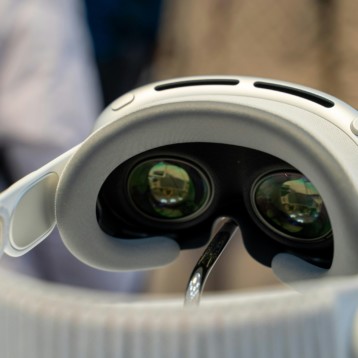In 2003, the Giancarlo Zema Design Group (GZDG) introduced Jelly-Fish 54, a unique design of a floating house with an underwater view. This five-storey house was designed to accommodate six people, allowing residents to live either above or below sea level. The top floor is located 5.6 meters above sea level while the lowest level is located 3 meters below it, giving the inhabitants a unique perspective on marine life and habitats.
Designed in 2006, Amphibious 1000 is GZDG’s latest project. Headquartered in Rome, GZDG specializes in semi-submerged architectural structures, floating habitats and yacht design. Giancarlo Zema’s are based on his belief that people will desire a floating experience, and that the future of architecture is on water instead of on land. For this reason, he concentrates on creating environmentally friendly-habitats that explore new ways of living.
Amphibious 1000 was designed for a United Arab Emirates (UAE) commission and is composed of both land and sea sections. The land section of the resort is structured in a semi-circle around a tower, in which a restaurant with panoramic view is located. Besides a marina with a harbor, the land section will include the resort’s residential buildings and offices.
Four semi-submerged hotels, each offering 75 luxury suites, will be located in the sea section of the resort. The hotels have large diagonal glass windows and underwater halls, providing guests a fascinating view of marine life. The hotels will also have water exhibition galleries, an interactive museum on marine life, and an aquarium with a glass tunnel leading to an underwater observatory located in the center of this marine park.
In addition, there will be 80 “jelly-fish” suites with underwater views available at the smaller floating platforms, each ending with a lighthouse. Movement through the marine park will be possible via electrical vehicles that do not harm the park’s eco-system.
In 2006, TFOT published an article reviewing the origins and development of the first space habitat, as well as plans for the first inflatable space hotel. Another interesting hotel concept covered more recently by TFOT is the combination hotel, suggested by the Italian-Israeli architect David Fisher. Fisher’s idea involves an apartment and office tower with floors that can rotate by 360° degrees.
More information on the Amphibious 1000 is available on GZDG’s website.










